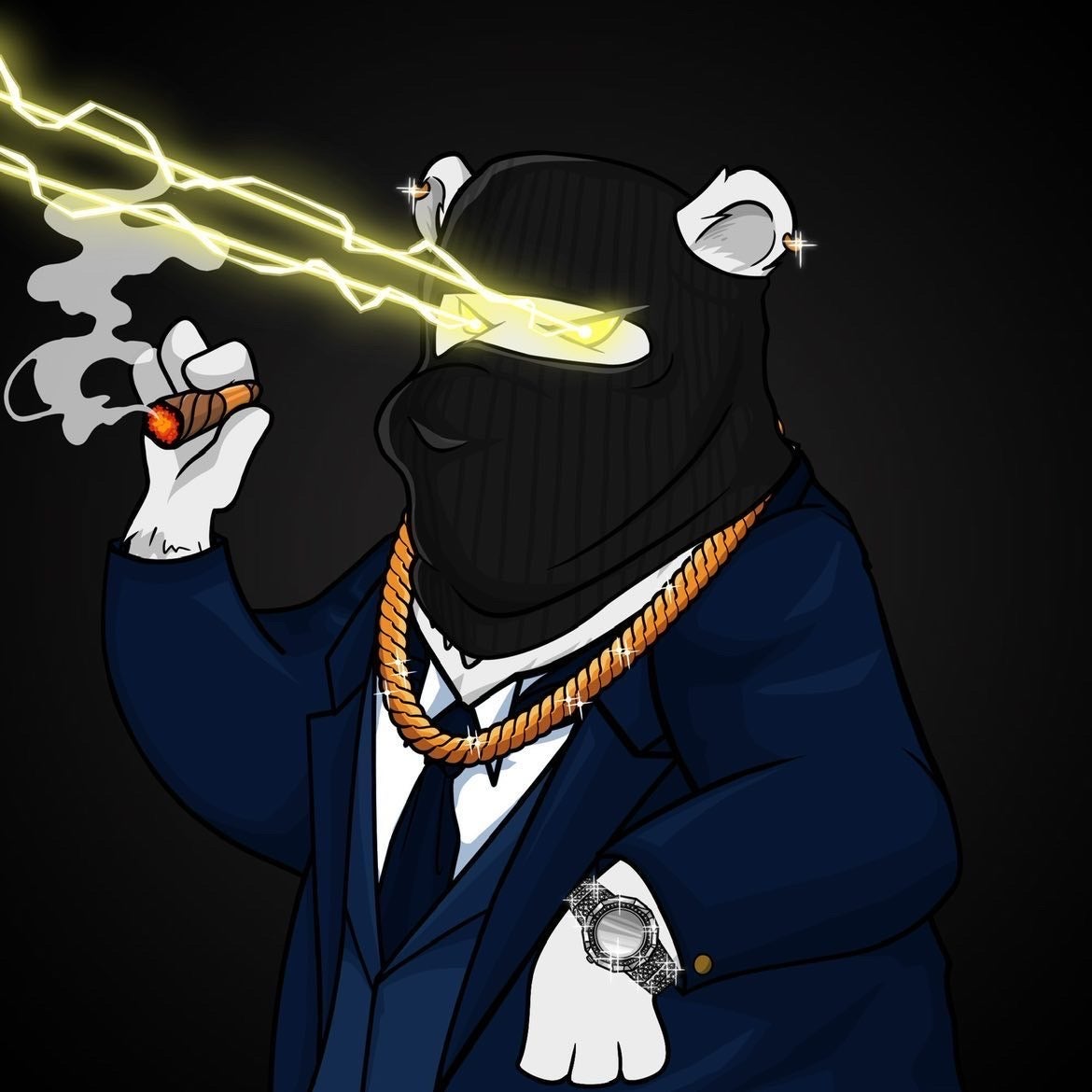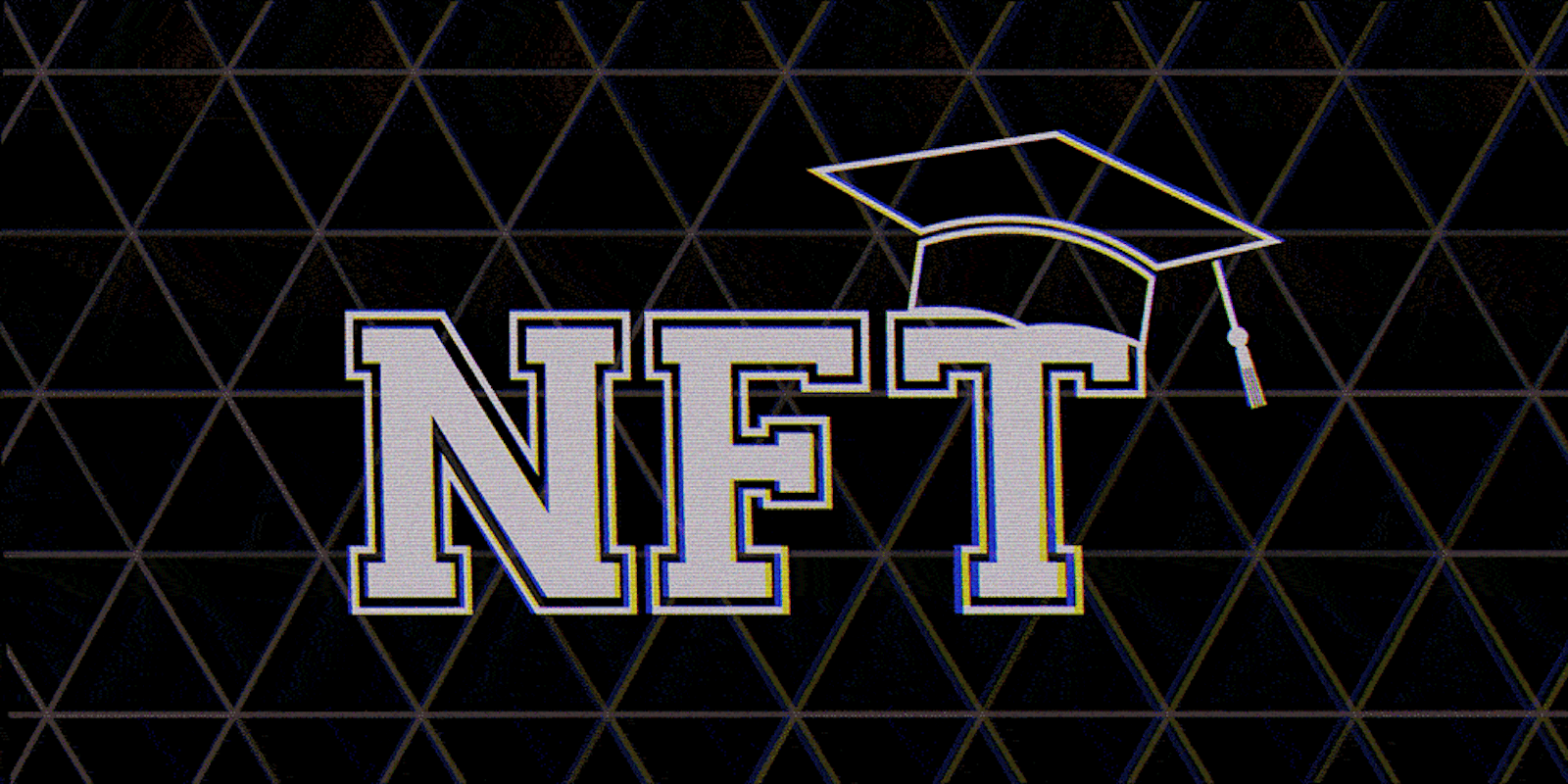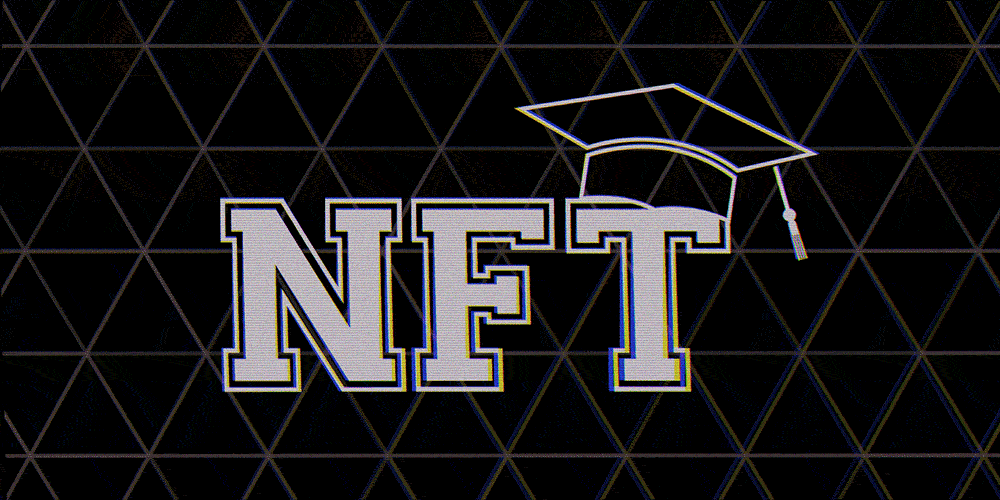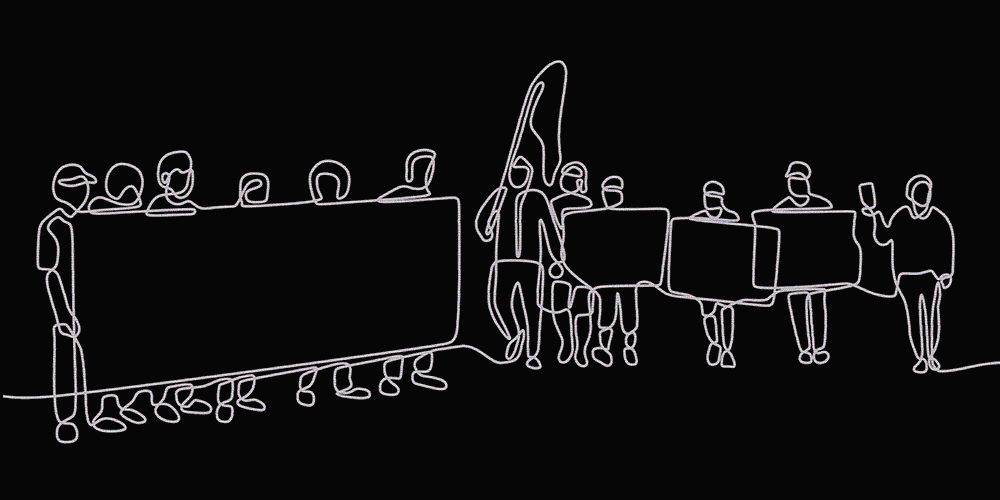Entrepreneurship has grown in the U.S. by 20% since the start of the COVID-19 pandemic, helped in part by the success in the digitization of real estate and non-fungible tokens. These assets, known as NFTsblockchain-backed assets that Web3 users can purchase with cryptocurrency. Many users describe NFT trading as “virtual art collecting” and can use these digital assets to interact in the metaverse using virtual or augmented reality technology. are particularly catching young people’s attention as a potential new hustle because it doesn’t take much capital to get started.
Of the 40% of U.S. college students who dropped out in 2022, at least a few are among the other entrepreneurs and artists looking toward the NFT space as a way to make passive income in the tech realm.
NFTs allow an individual to have ownership over something on a digital platform. In other terms, they are cryptocurrencya blockchain-based, decentralized currency that is used to make digital transactions-backed assets that Web3Users control their own privacy and data, based in blockchain. users can interact within the metaverse, which is a 3D digital world that cuts out the middleman for users and uses virtual or augmented reality-supported technology. An NFT can be almost any piece of digital content, including a song, album, or even highlights from Instagram.
Gary Vee is an author, speaker, and internet personality who advocates for NFTs.
“You’re way fucking better spending 50 hours doing your homework on Twitter, YouTube, and Discord on NFTs than any fucking thing going on in college,” Gary Vee (@nft_godfather) said in a TikTok posted on March 18 that discusses how NFTs should be more essential to younger people. The video received over 44,000 views.

Texas NFT entrepreneurs Elo Mukoro and Matthew Owusu seemed to have had what Vee was talking about in mind. The two created their own NFT collection, Mob Society, during their second to last semesters in college—and this is only the beginning for the duo. They told the Daily Dot that they’re building their community with collections of NFTs.
Mukoro is a 22-year old Houston-native who began his journey in the NFT realm in November and is making a gamble to focus on what this phenomenon entails. He started the Mob Society brand with Owusu, 22, who is currently enrolled at the University of Texas at San Antonio.
With everything to learn in the NFT world, Owusu decided to only take one class during the spring semester to dedicate more time to building an NFT community, while Mukoro dropped all of his classes.
“[We spend about] 14 to 16 hours on this,” Owusu told the Daily Dot. “And that little bridge is sleeping, eating, and maybe kickin’ it.”
Mukoro, a former chemical engineering major at the University of Texas at Austin, started feeling burnt out in October and realized there could be for him more outside of campus.
“Me and my boy, Matt, we saw what was happening, originally we jumped in and didn’t know much, but sure, let’s explore it,” Mukoro told the Daily Dot. “At first, I tried the real estate game, but I didn’t have enough capital. NFTs are something you can start with little capital … I’m just taking the semester off because school is not going anywhere.”

Some expensive and popular NFTs include Beeple. CryptoPunks and VeeFriends have gained popularity because of connections to celebrities such as Jay-Z and Stephen Curry. Owusu and Mukoro are a pair of fresher faces embracing the potential for NFT-fueled success.
“Money can now flow through the internet, which means a whole new world of financial opportunity,” Mukoro said.
In the NFT world, someone creates a piece of art and forms a community around it, getting more people to like it, which in turn raises the value. But NFT collecting is more than just buying the art, or cartoon profile picture; buyers get access to a network and experience that comes with that digital piece. If someone buys an NFT, the owner might give them more than expected.
“Let’s say I have my NFT, if you guys buy my NFT, 1) I’ll send everyone shirts, 2) they get 5% of the profit, and 3) we’re gonna have a party in June in Cabo and anyone that has one of the NFTs is invited,” Mukoro said.
The Mob Society NFTs are cartoon JPEG images of bears. Owusu and Mukoro said their process for designing the images involved shuffling through many ideas and animals to find a fit for their brand. There were other start-up factors such as design, countless hours of research and studying, and hiring.
“We just wanted to have our own lane,” Mukoro said.

Owusu and Mukoro’s NFTs debuted only in February, and they said they’re still in the process of adding more people to what they call their community while learning how to code and market. Meanwhile, they say they’ve already sold NFTs to high-profile clients including the mayor of Jackson, Mississippi, and Aaron May, a rapper in Alief, Texas, according to Mukoro.
Their projected profit for when the next round of NFT drops at the end of summer is $5 million.
“We haven’t shown what we’re capable of and what we’re bringing but once we show that part, it’s gonna be big noise,” Mukoro said.
NFTs aren’t without controversy; the cryptocurrency used to buy them produces millions of tons of carbon dioxide that have deeply concerned climate experts. Owusu and Mukoro, however, emphasized the Mob Society’s mission to give back to their communities of origin. They said they have plans to help families in the community of Alief, Texas, with rent and bills, and that their end goal is to travel abroad and help people in other countries.
“We want to see change, physical change, and to see that I had a hand in bringing that change,” Owusu said. “Just helping someone else, to physically see that their whole life is different because they joined the space that is where I find joy.”
“We’re trying to build the Mob up to where if you’re a Mob Society member, you’re proud to be one and you’re up, financially, like your life is completely changed,” Mukoro added. “Bringing the whole world together and having everyone find a community in what we created and their lives changing through that.”

While the dollar signs next to NFTs are getting young people excited, like any new venture, there are potential setbacks.
University of Colorado Denver professor Travis Vermilye told the Daily Dot that NFTs are an opportunity for digital artists who didn’t have access to the global market and an avenue to express themselves or show their work. But there is a false sense of ease that comes with any new money market.
“There’s a lot of scamming going on and a lot of copying other people’s work,” Vermilyesaid. “People think it’s going to be this easy thing to get into… But it’s a lot more work than that.”
Vermilye teaches illustration and digital design and is involved in the NFT space himself and has different projects involving NFTs published online. He said he sees the potential and hope in having the opportunity to publish your work without going through the struggle of getting art put into a legitimate gallery.
“As artists, we just want to see a new way to sell work and reach our audience without having to necessarily put our work in a gallery,” Vermilye said.
Although the professor mentions NFTs to his students, he doesn’t spend a lot of time on the subject and notices that freshmen are a little more knowledgeable about the crypto world than his senior students.
“I see a difference between the seniors and the freshmen, like the freshmen seem to be really into it,” said Vermilye. “Maybe because they spent their first part of college experience quarantined.”
Vermilye predicts that with the help of Web3, the market for NFTs and digital design is going to become steady. But if the NFT business doesn’t prove viable, Mukoro has a backup plan.
“As long as I have $5,000 to pay, I can get [back] into school so let me take this time to see something new,” Mukoro said. “I see the potential it has for the future.”





